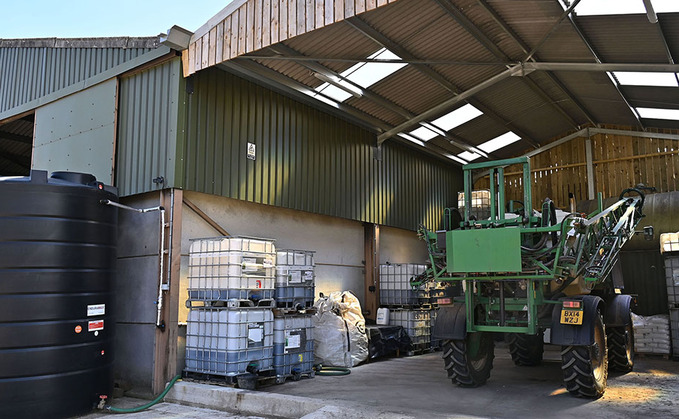
Íæż½ã½ã are being encouraged to install sprayer washdown areas to reduce the risk of pollution by pesticide spillages in farmyards. According to Severn Trent, up to 40 per cent of pesticide detections...

Íæż½ã½ã are being encouraged to install sprayer washdown areas to reduce the risk of pollution by pesticide spillages in farmyards. According to Severn Trent, up to 40 per cent of pesticide detections...

PEDIGREE HEREFORD BULL FOR SALE

PEDIGREE HEREFORD AND ANGUS BULLS FOR SALE

REGISTERED SHEEPDOG PUPS